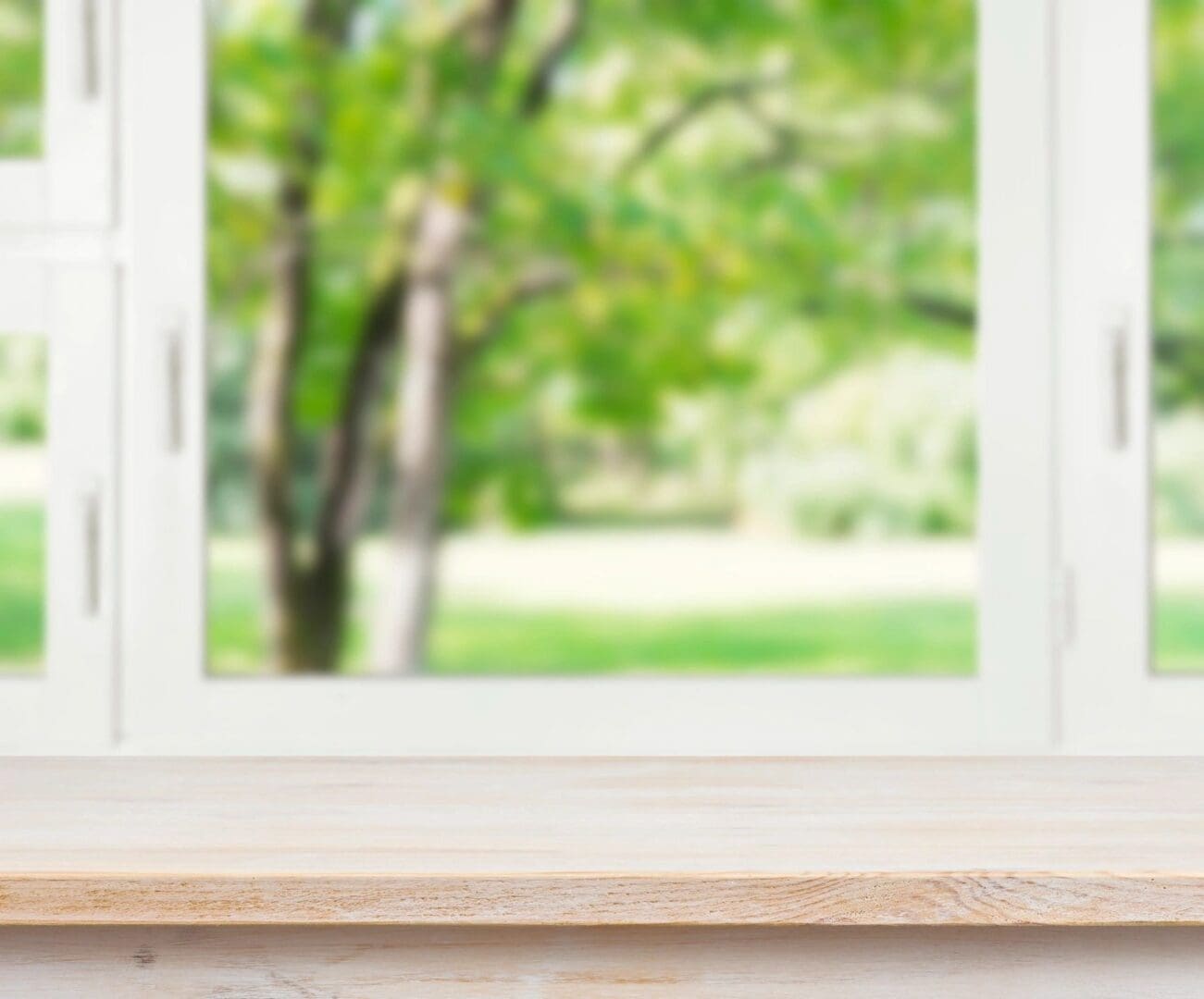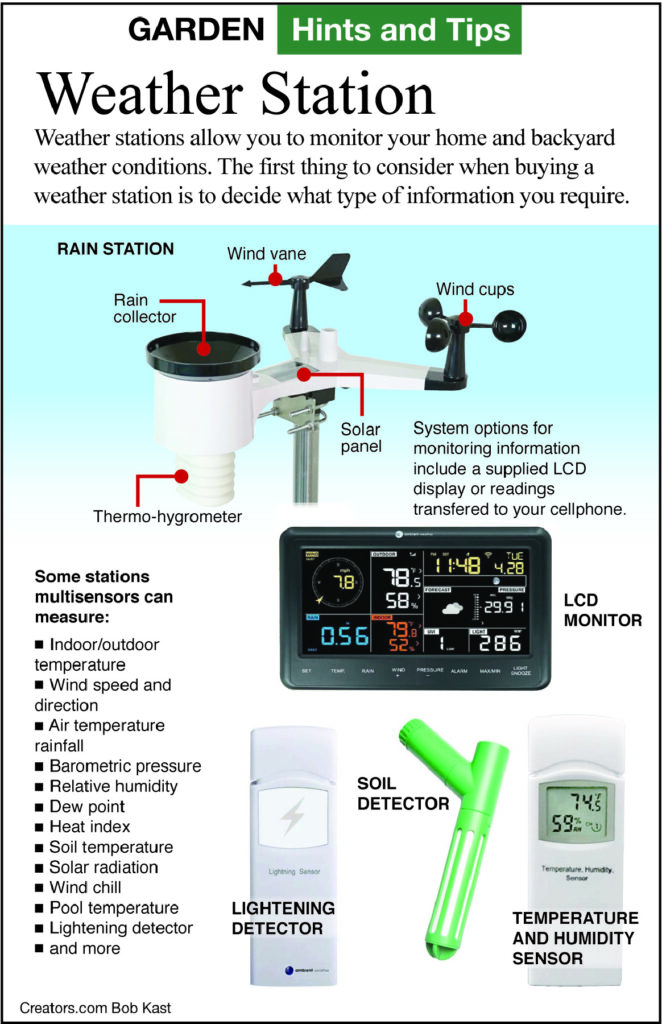Search Posts
Recent Posts
- 2024 Rhode Island KIDS COUNT Fact Book released TODAY May 6, 2024
- Rhode Island Weather for May 6, 2024 – John Donnelly May 6, 2024
- Malnutrition aid for Gaza, Ethiopia, Sudan, Burkina Faso, Haiti. USAID funds for Edesia’s Plumpy’Nut May 6, 2024
- Incivility and Bullying will soon be against the law in Rhode Island – Mary T. O’Sullivan May 6, 2024
- Bipartisan support needed to re-establish House Aging Committee – Herb Weiss May 6, 2024
Categories
Subscribe!
Thanks for subscribing! Please check your email for further instructions.

A Greener View: Personal Weather Station – Jeff Rugg
by Jeff Rugg, contributing writer
Q: I am thinking about getting my husband a home weather station because he is a big gardener and is always concerned about the wind and rain. Any suggestions? Are they accurate?
A: I have used a home weather station for many years and have given them away as Christmas presents. There are two divisions to the term home weather station.
First, there are stations that look like a tablet that sit on the kitchen counter and display such things as the temperature, humidity, and the forecast. They may come with a separate module that is located outdoors to give a reading on the display of the outdoor temperature and humidity. I have one of these and I use the separate module in my greenhouse so I can quickly check on the greenhouse without having to go there. It has settings to warn me if the temperature goes higher or lower than the temperatures that I set.

I also have the other type of weather station that has its own sensors for wind speed and direction, rainfall, temperature, and humidity. The sensor array gets installed in the landscape or on the roof. Some models include an indoor tablet for displaying the readings and others only transfer the information to a cellphone and some do both.
Some weather stations have optional sensors. You may be able to measure air quality, pond or swimming pool temperature, the temperature inside a freezer or refrigerator, and even the temperature underground.
In this day and age, the majority of the sensors are accurate, but location plays a huge role in measuring weather. For instance, the National Weather Service says that temperature sensors should be 5 feet above the ground, plus or minus 1 foot. They must be installed inside a sheltered, ventilated box that is too complicated to describe in this article. The box must be at least 100 feet from pavement, at least four times the height of any nearby objects (20 feet away from a 5-foot fence), they cannot be on rooftops, and there are more regulations for the temperature sensor. Rain gauges have a similar set of rules. They are to be 3 feet off the ground and not near anything that causes air turbulence or eddy currents in the air.
The home weather station sensor array will have all of the sensors on a single battery-operated device. Setting it up at the proper height for the thermometer will not be setting it up at the proper height for the rain gauge. My entire backyard is fenced and wooded. There are no locations that are far enough from obstacles or out of the shade of trees. The only clear area for the wind speed and direction and the rain gauge are on the house roof.
Since it is battery operated, it sometimes dies and I do not get around to replacing it because it is up on the roof. I built a new garage with electrical outlets at the top for Christmas tree lights and I can power the weather station that way, but in five years, I still have not gotten around to doing it. With the station on the roof and being surrounded with trees, I sometimes find that the rain gauge is clogged, and I need to go up on the roof to clean it out.
The battery-operated sensors occasionally give odd readings as the batteries wear out. My greenhouse sensor gave several negative 50-degree warnings this summer when the temperature was in the positive 80s or 90s.
The three most popular home weather station companies are Ambient Weather, AcuRite, and La Crosse Technology. Before purchasing a station check out one of the weather networks that connect and display the weather information from many home and professional stations. Look at the websites for WeatherBug, WeatherCloud, and Weather Underground. You may find that your local school and some of your neighbors are already connected to one of these networks and you don’t need your own station.
After installing your own station, you may find like any new toy that you look for the results very often but after a while, you only look to see what the rainfall total at home is while you are at work. Some of the stations produce graphs of the measurements so you can keep track of daily, weekly, monthly, and yearly changes.
Before you buy a station for someone else, determine which station and accessories they may need and which network they would like to connect to.
___
To read more columns on gardening by Jeff, go to: https://rinewstoday.com/?s=jeff+rugg

Email questions to Jeff Rugg at [email protected]. To find out more about Jeff Rugg and read features by other Creators Syndicate writers and cartoonists, visit the Creators Syndicate website at www.creators.com. COPYRIGHT 2020 JEFF RUGG – DISTRIBUTED BY CREATORS SYNDICATE
Email questions to Jeff Rugg at [email protected]. To find out more about Jeff Rugg and read features by other Creators Syndicate writers and cartoonists, visit the Creators Syndicate website at www.creators.com.
COPYRIGHT 2023 JEFF RUGG – DISTRIBUTED BY CREATORS

I have had a Davis Industry weather station for years. When we moved about 12 years ago I upgraded to a wireless system. Yes I have to change a battery every year or so but it is powered by solar so it last a long time
My station is on top of a barn put in place to have no obstruction. My receiver is in the house so I can check it any time. I record on a calendar . The receiver keeps information so I don’t have to record everyday but I try
I record high low temperature, high wind speed, barometric high lows and rain. It keeps track of rain levels by day, month and year. Being a weather person is a fun hobby. I garden so it helps
.